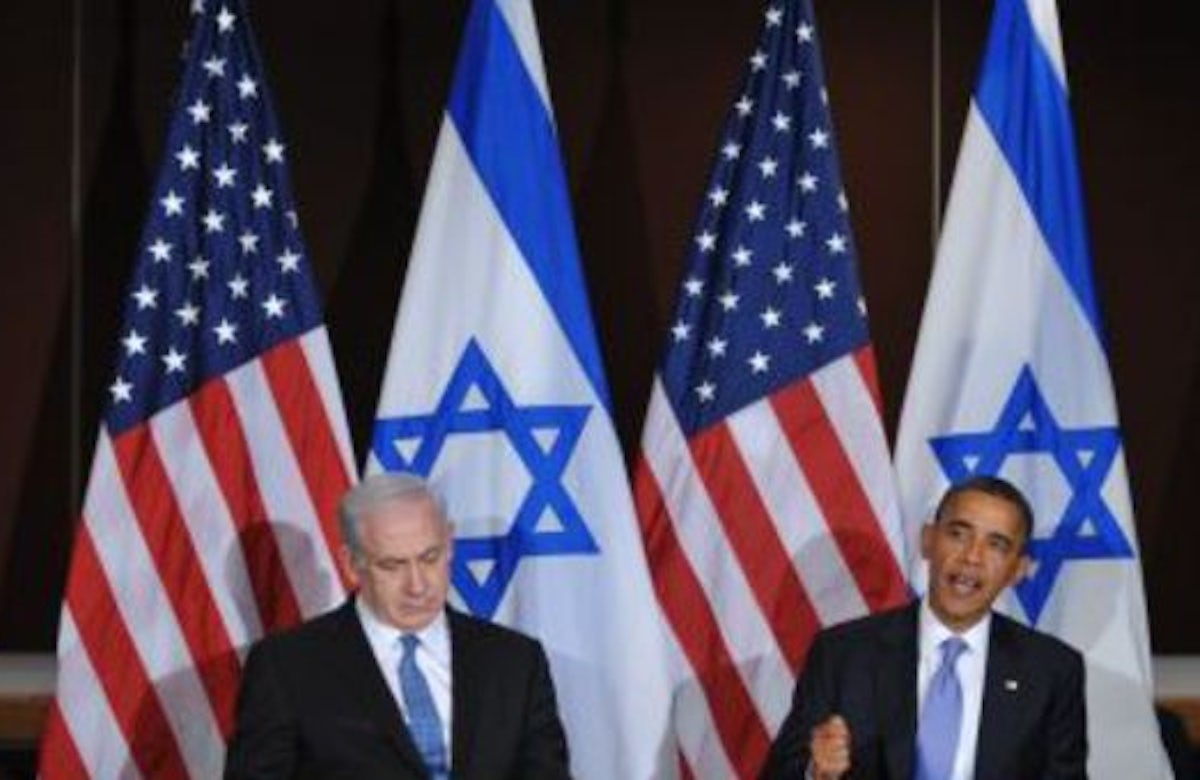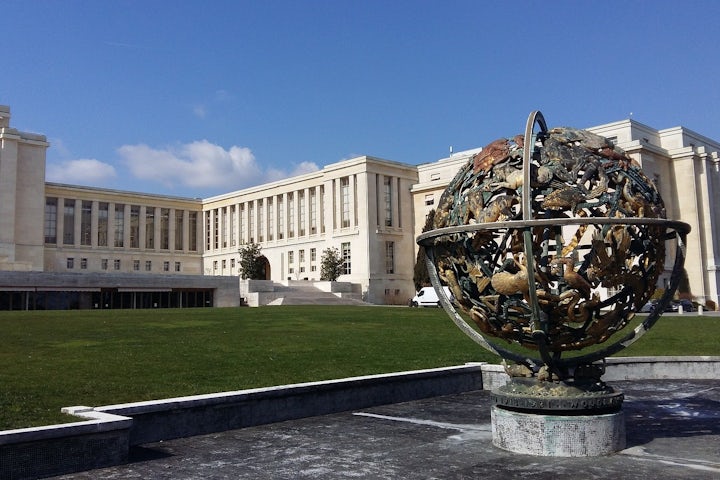Today, Israeli Prime Minister Benjamin Netanyahu will meet with President Obama to discuss alternatives to counter Iranian nuclear ambitions. The discussion will focus on military options and the prospects of sanctions that would cripple the Iranian economy to the point where it will be forced to abandon its nuclear project.
The Iranian regime is also profoundly vulnerable to an internal threat. This threat has been largely dormant, except during last year’s “Persian Spring” – an internal schism between Iran’s communities and ethnicities, largely similar to those that haunt Iraq, Syria, and Lebanon. The “Persian Spring” references the uprising of ethnic Persians, like those who protested Iran’s 2009 fraudulent elections en masse. Crucially, Iranian minorities, the Kurds, Azeris, Afghanis, and Baluchis, did not join the stormy demonstrations brutally suppressed by the Ayatollahs’ regime. The Persians represent the core of the group calling for the boycott of this week’s parliamentary elections. One has to wonder whether their call will be answered by their compatriots in the periphery outside of Tehran, such as in the Azeri capital of Tabriz or in the major Kurdish city of Kermanshah. Of course, it is possible that the regime will falsify data and the truth about electoral participation will never see the light of day.
In order to keep the Iranian fabric together, the Ayatollahs cannot rely on extreme methods of oppression alone. They must also subsidize the basic needs of the economy. It has not skipped the Ayatollahs’ attention that the real engine driving the Arab Spring was not ideological or political, but largely economic. Young Arab citizens did not flock to the streets in order to "liberate Jerusalem" or for the sake of democracy. They protested in favor of a brighter future, the possibility of marriage and earning a fare wage. The economic earthquake brought about the aftershock, which included the election of the Muslim Brotherhood to power and deepened the divide between tribes, religions and communities across the Arab world.
In this respect, Iran’s “minorities nightmare scenario” may have far-reaching implications. Iran’s ruling Persian population makes less than 50% of the country’s total. At the same time, the main source of Iran’s wealth, its oil industry, is located in the Arab nationalist region of Khuzestan, or, as the Arabs call it – Arabistan. It is a constant source of anxiety for the Ayatollahs, as they do not command the loyalty of the source of wealth that sustains the regime. A nationalist Arab revolt demanding autonomy from mainland Iran could not only result in the end of Iranian financing of terrorist webs, but also in the unraveling of its tribal and regional national fabric.
Due to its terrorist nature, Iran uses fear tactics and doomsday scenarios of war to scare its Middle Eastern neighbors and the West. However, Iran’s own doomsday scenario is not the destruction of its nuclear plants, but a devastating hit on the Abadan oil industry complex on the Iranian side of the Gulf. Iran cannot function without the complex. Therefore, it is important to examine Iranian threats to terrorize and destroy the Gulf’s oil industries. The UAE and other Arab principalities in the Gulf have enough resources to reconstruct any damages to their oil industries from a prospective war; Iran does not.
In order to gain further insight into the Ayatollahs’ decision-making process, one has only to observe Iran’s ally and neighbor, Syria. President Assad’s current troubles are the result of the abandonment of his father’s, Hafez al-Assad’s, careful policies. While Assad Senior was not less cruel than his son, he nevertheless understood the limitations of power and the wisdom of restraint. Hafez always preferred to err on the safe side, while his son continuously skates the fine line between carefulness and lack of restraint. Assad Senior always drew a red line in Lebanon vis à vis provoking Israel, and demonstrated very clearly to Hezbollah that he was in charge. He would never have green lit the dangerous nuclear project in Kibar or, as his son did, made himself second to Sayyed Nasrallah. Even Hafez’ biggest adventure and risk, the 1973 war with Israel, was carefully coordinated and planned with Egypt and did not represent an internal threat to the regime in Syria.
Bashar al-Assad’s risk-taking is also typical of the Ayatollahs. They have already made it clear that they present a danger to world stability through their nuclear program. Similarly to Assad’s recent carelessness and unending trouble at home, the Ayatollahs’ hubris will be their downfall.





